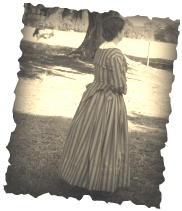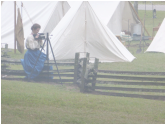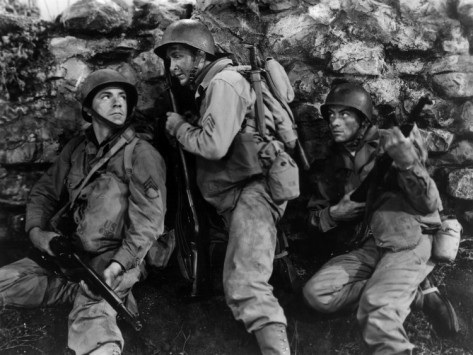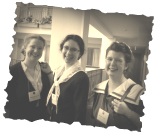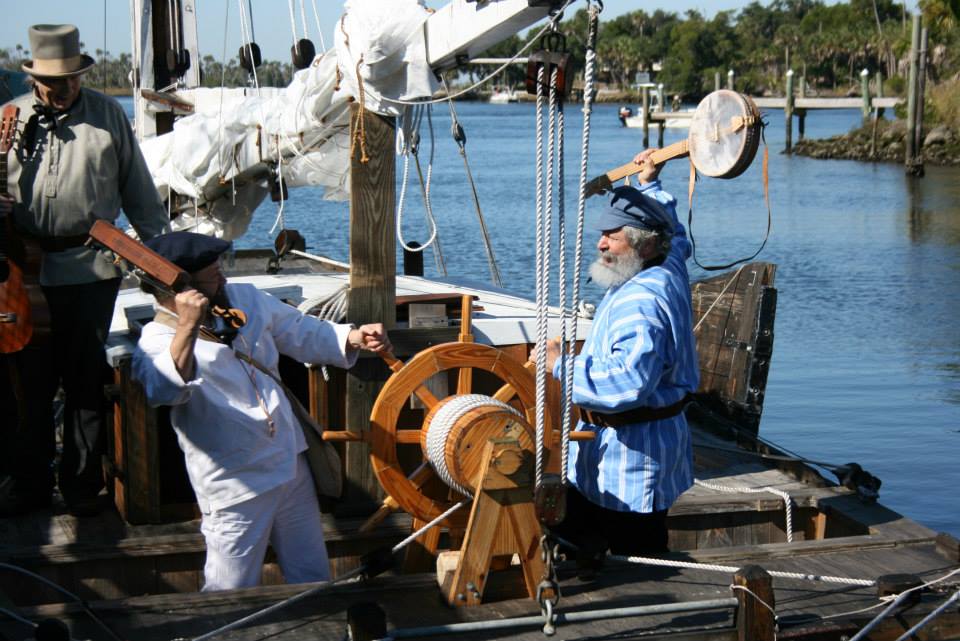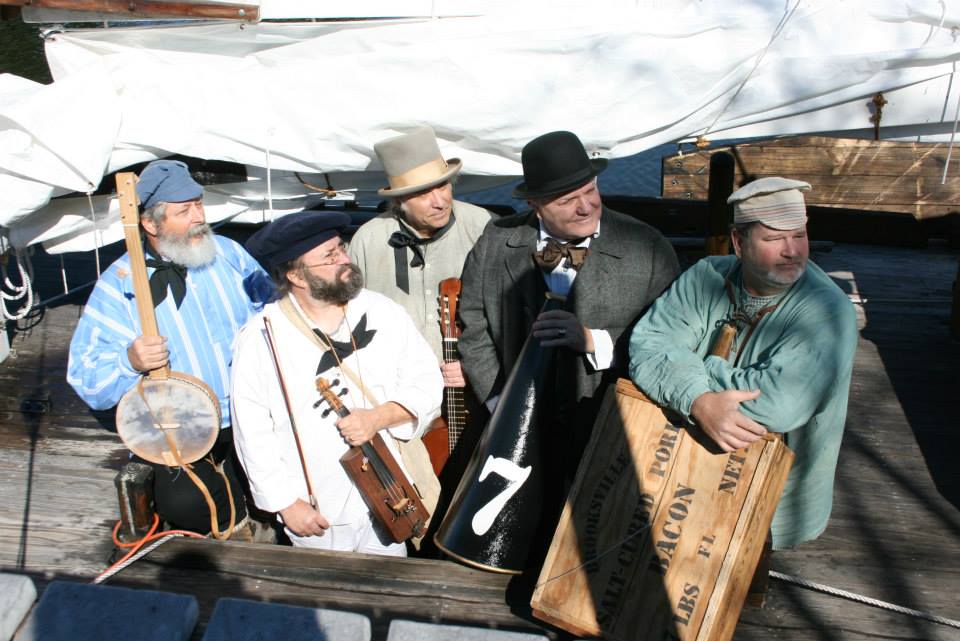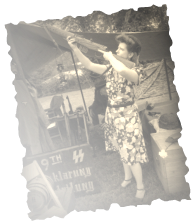Anyway, the main topic I read of today was the Invisible church. This particular section caused me to sit back on my heels (mentally) and scratch my head. Dr. Morecraft's presentation of the subject was, I will admit, different from what I was expecting. I must apologize if the notes come across rather disjointed.
We begin with Question 64: "What is the invisible church?" A.: The invisible church is the whole number of the elect, that have been, are, or shall be gathered into one under Christ the head.
Dr. Morecraft starts out by making this rather startling (to me) statement: "The point that is being made here is true and well-taken, but the manner in which the point is expressed by the Westminster Standards is imprecise and misleading. Therefore, we must consider the doctrinal truth set forth, and the imprecision in the way that truth is stated."
Having been raised on the Confession and Catechism, this visible-invisible church distinction is part of my vocabulary. Once I read a little further, I understood why he would call it "imprecise and misleading", and while I do agree with him, it took a few minutes to sink in. (It also helped when I recognized that he is addressing, though not by name, the Federal Vision. I am a more sketchy on their beliefs than I should be, but I do know they have some aberrant notion about the invisible church.)
First, the church of Jesus Christ has both the attribute of visibility, as we have seen, and the attribute of invisibility. In some aspects it is visible—profession of faith in Christ, congregational worship, the marks of a true church, its government and organization; and in some aspects it is invisible to the human eye, in that it cannot be fully, totally and perfectly comprehended and identified. (548)
The invisibility of the church must never be considered apart from its visibility, because “the church as it exists on earth is both visible and invisible.” 328. Berkhof, Systematic Theology, 565. (549)
Second, the manner in which the church’s attribute of “invisibility” is expressed is imprecise, misleading, and less than Biblical. This visible-invisible description of the church is an old one, used by Augustine, Wycliffe, and was commonly used during the Protestant Reformation...The problem is with the phrase the invisible church (L.C.Q. 64). Is it proper to speak of the invisibility of the church, since the concept is essentially misleading, and more importantly, since the Bible does not distinguish between the visible church and the invisible church? Is better terminology at hand that is less misleading, more enlightening, and more Biblical? (549-550)
In what sense is the phrase, the invisible church, misleading, and how has the idea been abused? Many have assumed that this terminology implies two churches: an invisible church and a visible church, one with different members from the other. (552)
"One may not divide the church into a visible and invisible church. One and the same person is invisible as far as the soul, will, intellect, and affections are concerned, and he is visible as far as his body and motions are concerned. As one person cannot be divided into an invisible and a visible person, one may not divide the church into a visible and invisible church, for then it would seem as if there were two churches,
each being a different church. One may also not divide the church into a visible and invisible church as far as the members themselves are concerned, as if the one had different members from the other." 335 . Brakel, The Christian’s Reasonable Service, 2:5–6. (552)
Most certainly, the Westminster fathers themselves would today share our misgivings about the “visible-invisible” approach to understanding the church of God. To be fair to them, we should point out why they expressed themselves in this manner, distinguishing, but not completely separating the invisible church from the visible church. (553-554)
The definition of “the invisible church” in the Larger Catechism is, in reality, the definition of the church in its idea and complete sense. (554)
It should again be noted that those whom Jesus will “gather together into one,” are considered to be “the children of God,” BEFORE they are gathered by effectual
calling, while they are still “scattered abroad.” Christ will gather all His chosen children “into one” church under His Headship. (555)
"All that hear the gospel, and live in the visible church, are not saved; but they only who are true members of the church invisible." (WLC, Q. 61)
Although the visible church may have some in its membership whose profession of faith appears credible, but whose unregenerate hearts are far from God (2 Tim. 2:19, 20), all of the effectually called elect of God are to be found in the membership of the visible church. The “visible church” includes the “invisible church;” however, they are not totally co-extensive. Although “the same individuals who constitute the church considered as invisible, belong also to the church considered as visible;… many who belong to the visible, are not comprehended in the invisible Church.” 339
Shaw, The Reformed Faith, 261. (556-557)
The Larger Catechism Q. 65 says simply that the members of the invisible church by Christ enjoy union and communion with Him in grace and glory. It then gives its Scriptural support (John 17:21; Eph. 2:5, 6; John 17:24). However, several further Questions grow out of this Answer. Question 66 explains the union and communion believers have with the exalted Christ. Questions 67–68 explain effectual calling as the method by which God brings us into vital union with Christ. Question 69 explains the communion in grace which believers have with Christ. Questions 70–81 explain the ingredients of this communion in grace with Christ as justification, adoption, sanctification, faith, repentance, eternal security, and assurance of salvation. Question 82 explains the communion in glory which believers have with Christ, in this life, immediately after death, and at last perfected at the resurrection and day of judgment. Question 83 explains the nature of our communion in glory with Christ which believers enjoy in this life. Questions 84–85 prepare the way for the answer of Question 86 by explaining death; and
then, Question 86 explains the nature of the communion in glory with Christ which believers enjoy immediately after death. Finally, Questions 87–90 explain this communion in glory which believers will enjoy when they are at last perfected at the resurrection and day of judgment. So then, it is obvious that the Answer to Question 65 is not as simple as it may appear. (557)
First, this communion we have with Christ in grace and in glory, which comprises the blessings of salvation in this world and the next forever, is enjoyed by the chosen of God only because of our union with Christ. We are first united to Christ, and then we are made partakers of His blessings. Communion with Christ is rooted in union with Christ. (558)
Second, this union and communion with God in Christ is the unifying and central promise of all “the covenants of promise.”...This phrase: “I shall be your God, and you shall be My people” “may be designated as the ‘Immanuel principle’ of the
covenant. The heart of the covenant is the declaration that ‘God is with us.’” 341 O. Palmer Robertson, The Christ of the Covenants (Phillipsburg, NJ: Presbyterian and Reformed Publishing Co., 1980), 46. (558)
Third, the chosen of God enjoy the blessings of union and communion with Christ in grace and glory by Christ. (559)
Although the Larger Catechism is regretfully silent regarding the mission of the church of Christ, the Westminster Confession of Faith (XXV, iii), sets forth in clear, although abbreviated language, the mission of the church, the spiritual power making that mission effective, and the divinely-ordained means by which that mission is to be carried out:
"Unto this catholic visible church Christ hath given the ministry, oracles, and ordinances of God, FOR THE GATHERING AND PERFECTING OF THE SAINTS in this life, to the end of the world; and doth, by his own presence and Spirit,
according to his promise, make them effectual thereunto." (560)
In defining the mission of the church as the gathering and perfecting of the saints, the Westminster fathers are not only reflecting Biblical language, they are teaching that the mission of the church is twofold, one aspect of it directed to the sinful world, and another aspect of it directed toward believers in Jesus, members of the
church, i.e., saints. (561)
...an essential aspect of our evangelism in bringing people to Christ, is bringing them into His visible church, to gather these converts together in the Christian Synagogue under the headship of Christ. Biblical evangelism is the presentation of Jesus Christ boldly and “in the power of the Holy Spirit, that men shall come to put their trust in God through Him, to accept Him as their Savior, and serve Him as their King IN THE FELLOWSHIP OF HIS CHURCH.” 350. J. I. Packer, Evangelism and the Sovereignty of God (Downer’s Grove, IL: InterVarsity Press, 1961), 37–38. Emphasis added. (565)
Christ has also commissioned His church to perfect those who have been gathered together out of the world into one under Christ. (567)
[Refers to Ephesians 4:11-12]
First, the ascended and exalted Savior, Jesus Christ, to whom all power and authority have been given, has given His church the gifts of “apostles, prophets, evangelists, pastors and teachers” as offices that are necessary for the maintenance of the unity and purity of the church (Eph. 4:1–10). These offices comprise the preaching and teaching ministry of the church.
Second, the work of the church in its ministry of the Word is “the equipping [or perfecting] of the saints for the work of service, to the building up of the body of Christ” (Eph. 4:12). The Greek word for “perfecting” is kataptismos, which has a variety of meanings: “to unite and bind together,” “to reduce to order,” “to render
complete, or perfect,” “to prepare or render fit for us,” “to equip.” ...
So then, by means of the preaching and teaching of the Word of God, the Church has the responsibility to prepare, equip and render fit “the saints.”...And by the
ministry of the Word, the Church equips these true believers to live and think in a manner consistent with what God says He has made of them in Christ. They must be taught how to live as “a chosen race, a royal priesthood, a holy nation, a people for God’s own possession.” Furthermore, they must be equipped to fulfill the task that has been assigned them—to “proclaim the excellencies of Him” who called them out of darkness into His glorious light. ...
Third, the ministry of the Word has the task of “equipping” the members of the church that the members of the church might be prepared and enabled to participate effectively in “the work of service” and “the building up of the body of Christ.” ...
So then, the church, in its ministry of the Word is to perfect and equip the members of the church to do the work of SERVICE (diakonia) and EDIFICATION (oikodomen) to one another in the church. “The work of SERVICE” refers to the work of mutual service and acts of kindness and compassion by each person of the congregation with one another in Christ-like fashion, for “even the Son of Man did not come to be served, but to serve, and to give His life a ransom for many” (Mark 10:45). The ministry of the Word has as its purpose equipping believers to serve one another.
(568-569)
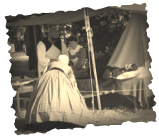







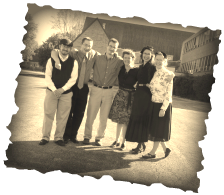
 RSS Feed
RSS Feed
